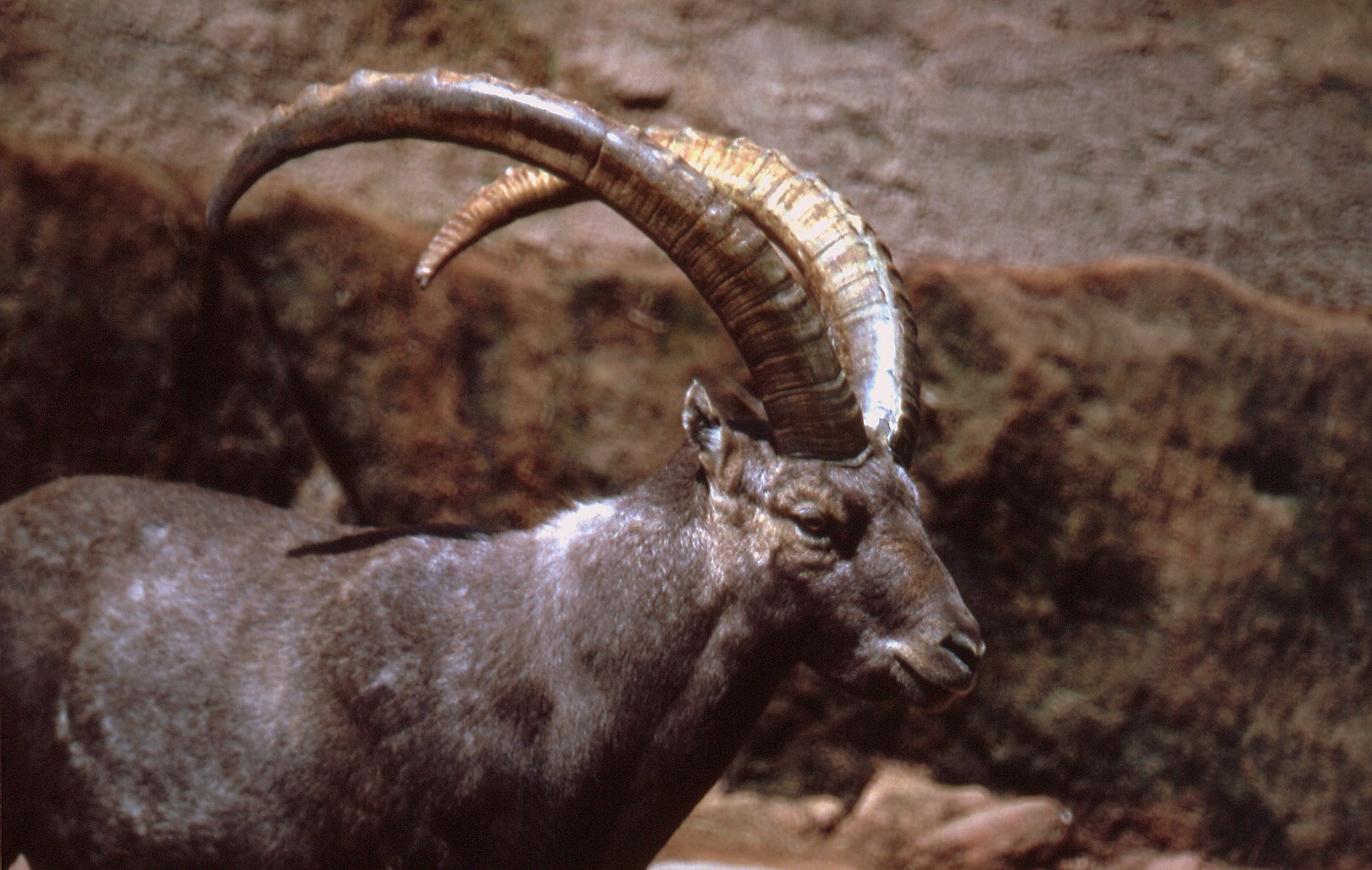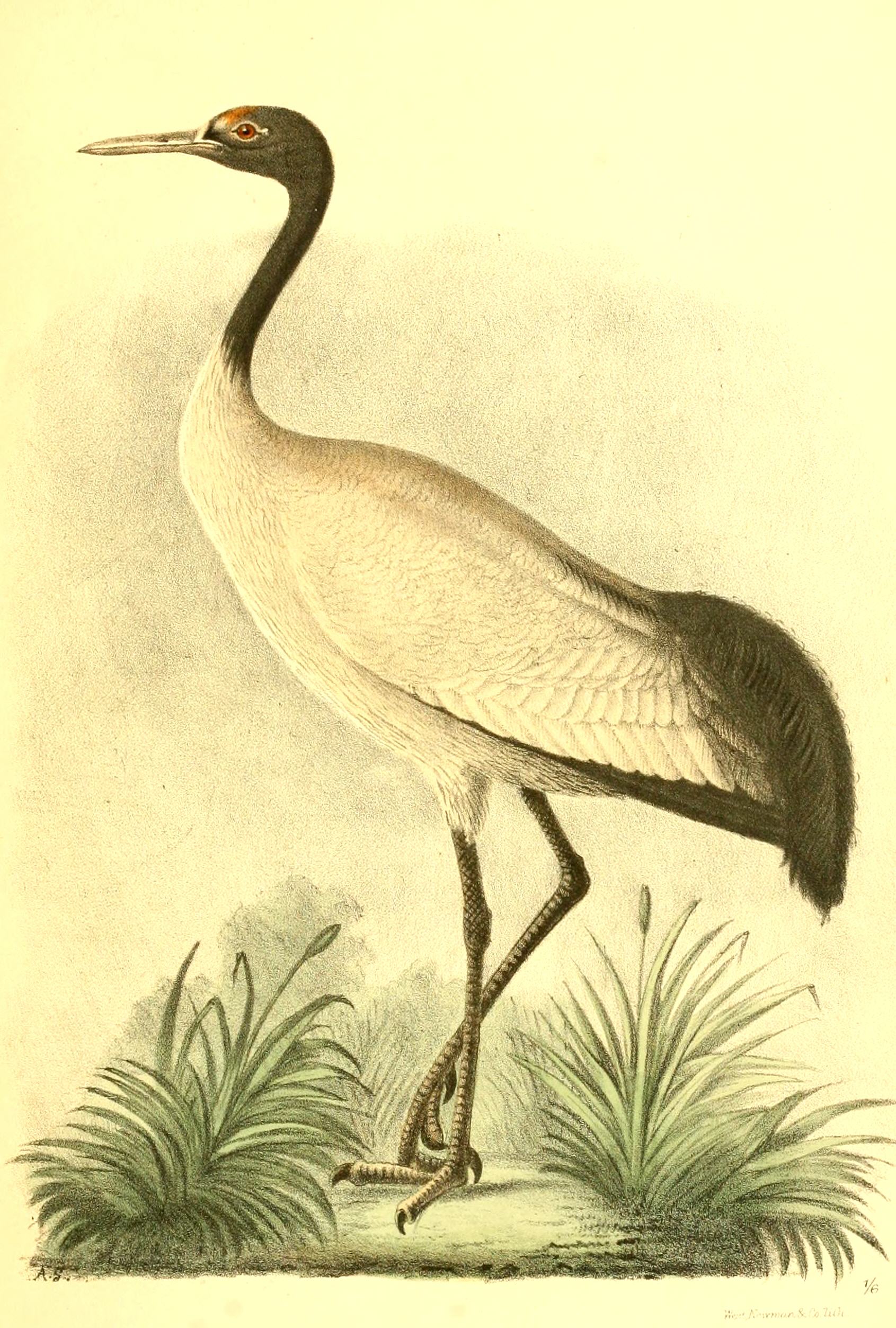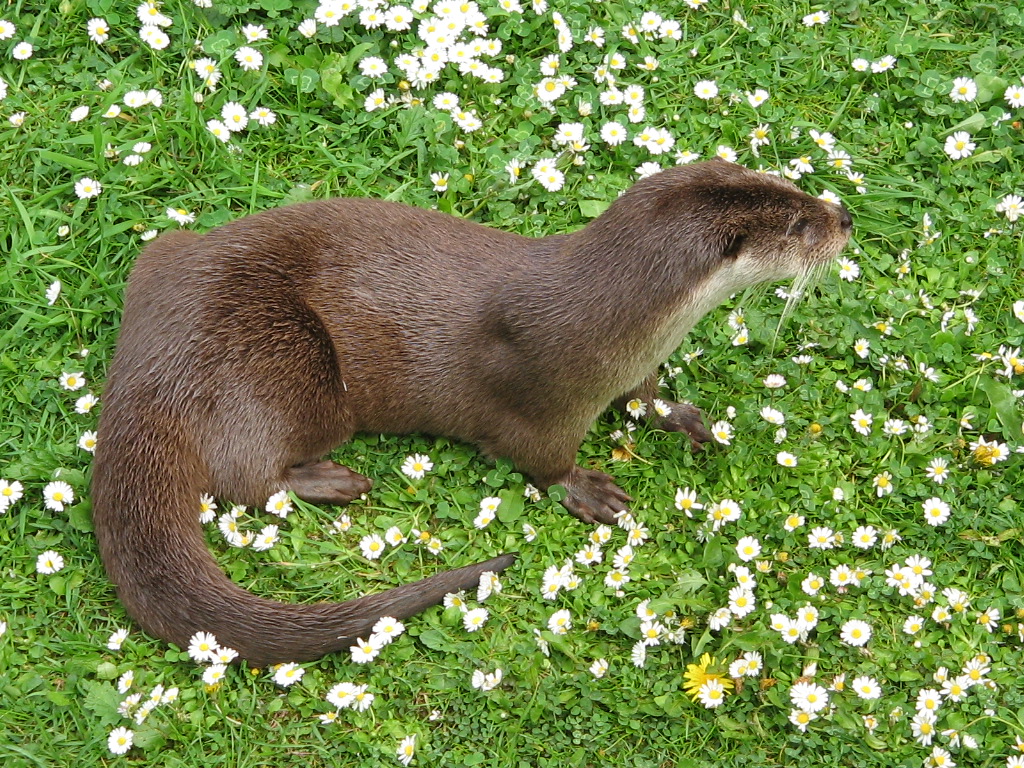|
Lhünzhub County
Lhünzhub County, or Linzhou County ( zh, 林周县) is a county in Lhasa towards the north-east of the main center of Chengguan, Tibet, China. It covers an area of and as of 2000 had a population of 50,895 people, almost all classified as rural. The southern portion, the Pengbo River Valley, contains fertile arable land, while the colder and more mountainous northern portion primarily supports grazing. The county has many monasteries, including the Reting Monastery. The county was established as Lhünzhub Dzong in 1857. In 1959, it merged with Pundo Dzong ( zh, 旁多两宗) to form the modern Lhünzhub County. Geography and climate Lhünzhub County is situated in central Tibet, approximately northeast of Lhasa. The county encompasses the Pengbo River Valley and the upper reaches of the Lhasa River, covering an area of . The region is geologically diverse, with an average elevation of . Lhünzhub County is rich in mineral resources, including lead, zinc, copper, silver, go ... [...More Info...] [...Related Items...] OR: [Wikipedia] [Google] [Baidu] |
County (People's Republic Of China)
Counties ( zh, s=县, labels=no) are found in the County-level divisions of China, third level of the administrative hierarchy in Provinces of China, provinces and Autonomous regions of China, autonomous regions and the second level in Direct-controlled municipality#People's Republic of China, municipalities and Hainan, a level that is known as "county level" and also contains autonomous county, autonomous counties, county-level city, county-level cities, Banners of Inner Mongolia, banners, Banners of Inner Mongolia#Autonomous banners, autonomous banners and District (China)#Ethnic districts, city districts. There are 1,355 counties in mainland China out of a total of 2,851 county-level divisions. The term ''xian'' is sometimes translated as "district" or "prefecture" when put in the context of History of China, Chinese history. History ''Xian'' have existed since the Warring States period and were set up nationwide by the Qin dynasty. The number of counties in China proper ... [...More Info...] [...Related Items...] OR: [Wikipedia] [Google] [Baidu] |
Zinc
Zinc is a chemical element; it has symbol Zn and atomic number 30. It is a slightly brittle metal at room temperature and has a shiny-greyish appearance when oxidation is removed. It is the first element in group 12 (IIB) of the periodic table. In some respects, zinc is chemically similar to magnesium: both elements exhibit only one normal oxidation state (+2), and the Zn2+ and Mg2+ ions are of similar size. Zinc is the 24th most abundant element in Earth's crust and has five stable isotopes. The most common zinc ore is sphalerite (zinc blende), a zinc sulfide mineral. The largest workable lodes are in Australia, Asia, and the United States. Zinc is refined by froth flotation of the ore, roasting, and final extraction using electricity ( electrowinning). Zinc is an essential trace element for humans, animals, plants and for microorganisms and is necessary for prenatal and postnatal development. It is the second most abundant trace metal in humans after iron, an import ... [...More Info...] [...Related Items...] OR: [Wikipedia] [Google] [Baidu] |
Ibex
An ibex ( : ibex, ibexes or ibices) is any of several species of wild goat (genus ''Capra''), distinguished by the male's large recurved horns, which are transversely ridged in front. Ibex are found in Eurasia, North Africa and East Africa. Taxonomy The name ''ibex'' comes from Latin, borrowed from Iberian or Aquitanian, akin to Old Spanish ''bezerro'', 'bull', modern Spanish ''becerro'', 'yearling'. Ranging in height from and weighing for males, ibex can live up to 20 years. Three closely related varieties of goats found in the wild are not usually called ibex: the markhor, western tur, and eastern tur. A male ibex is referred to as a buck, a female is a doe, and young juveniles are called kids. An ibex buck is commonly larger and heavier than a doe. The most noticeable difference between the sexes is the larger size of a buck's horns. The doe grows a pair of smaller, thinner horns which develop considerably more slowly than those of a buck. The ibex's horns appear at ... [...More Info...] [...Related Items...] OR: [Wikipedia] [Google] [Baidu] |
Duck
Duck is the common name for numerous species of waterfowl in the family (biology), family Anatidae. Ducks are generally smaller and shorter-necked than swans and goose, geese, which are members of the same family. Divided among several subfamilies, they are a form taxon; they do not represent a monophyletic group (the group of all descendants of a single common ancestral species), since swans and geese are not considered ducks. Ducks are mostly aquatic birds, and may be found in both fresh water and sea water. Ducks are sometimes confused with several types of unrelated water birds with similar forms, such as loons or divers, grebes, gallinules and coots. Etymology The word ''duck'' comes from Old English 'diver', a derivative of the verb 'to duck, bend down low as if to get under something, or dive', because of the way many species in the dabbling duck group feed by upending; compare with Dutch language, Dutch and German language, German 'to dive'. This word replaced ... [...More Info...] [...Related Items...] OR: [Wikipedia] [Google] [Baidu] |
Black-necked Crane
The black-necked crane (''Grus nigricollis'') is a medium-sized crane (bird), crane in Asia that breeds on the Tibetan Plateau and remote parts of India and Bhutan. It is long with a wingspan, and it weighs . It is whitish-gray, with a black head, red crown patch, black upper neck and legs, and white patch to the rear of the eye. It has black primaries and secondaries. Both sexes are similar. Some populations are known to make seasonal movements. It is Black-necked cranes in Bhutan, revered in Buddhist traditions and culturally protected across much of its range. A festival in Bhutan celebrates the bird while the Indian union territory of Ladakh has designated it as the state bird. Description This medium-sized crane is mostly grey with a black head and neck. The lores and crown are naked and dull red. A small patch of white feathers are present below and behind the eye. The tail is black and makes it easy to distinguish at a distance from the similar looking common crane whic ... [...More Info...] [...Related Items...] OR: [Wikipedia] [Google] [Baidu] |
Otter
Otters are carnivorous mammals in the subfamily Lutrinae. The 13 extant otter species are all semiaquatic, aquatic, or marine. Lutrinae is a branch of the Mustelidae family, which includes weasels, badgers, mink, and wolverines, among other animals. Otters' habitats include dens known as holts or couches, with their social structure described by terms such as dogs or boars for males, bitches or sows for females, and pups or cubs for offspring. Groups of otters can be referred to as a bevy, family, lodge, romp, or raft when in water, indicating their social and playful characteristics. Otters are known for their distinct feces, termed spraints, which can vary in smell from freshly mown hay to putrefied fish. Otters exhibit a varied life cycle with a gestation period of about 60–86 days, and offspring typically stay with their family for a year. They can live up to 16 years, with their diet mainly consisting of fish and sometimes frogs, birds, or shellfish, depending ... [...More Info...] [...Related Items...] OR: [Wikipedia] [Google] [Baidu] |
White-lipped Deer
Thorold's deer (''Cervus albirostris'')Pitraa, Fickela, Meijaard, Groves (2004). ''Evolution and phylogeny of old world deer.'' Molecular Phylogenetics and Evolution 33: 880–895. is a threatened species of deer found in the grassland, shrubland, and forest habitats, at high altitudes, of the eastern Tibetan Plateau, as well as some fragmented areas further north in central Western China. It is also known as the white-lipped deer (or ''baichunlu'', 白唇鹿, in Simplified Chinese, ཤྭ་བ་མཆུ་དཀར།་ in Standard Tibetan) for the white fur around its snout. Thorold's deer is one of the larger ungulate mammals within its range, and fills an ecological niche similar to the Tibetan red deer (or shou, the subspecies ''Cervus elaphus'' ''wallichi'' of the red deer species group). It was first scientifically described by Nikolay Przhevalsky in 1883. As of early 2011, more than 100 of the deer are kept globally in Species360-registered zoos, and, in 1998, it wa ... [...More Info...] [...Related Items...] OR: [Wikipedia] [Google] [Baidu] |
Razheng River
The Reting Tsangpo () is a river in the Tibet Autonomous Region of China. It is the main headwater of the Lhasa River. The river flows past Reting Monastery, founded in 1056. The terrain is geologically complex, with deeply eroded and faulted rocks that reflect the results of the collision of the Indian Plate with the Eurasian Plate. Course The Reting Tsangpo originates in the Chenthangula Mountains at an elevation of about , and flows southwest. It has an average gradient of about 11 feet per mile (2.1 meters per kilometer). In one section the Reting Tsangpo runs through a deep canyon. The river flows past the Reting Monastery. The monastery was founded in 1056 by Dromtön Gyelwai Jungne, a pupil of the Indian master Atiśa. The monastery is from the mouth of the river. The Lhasa River (or Kyi River) forms where the Reting Tsangpo is joined by two smaller rivers, the Phak Chu and the Phongdolha Chu which flows from Damxung County. The river is spanned by a large metal susp ... [...More Info...] [...Related Items...] OR: [Wikipedia] [Google] [Baidu] |
Nyainqêntanglha
The Nyenchen Tanglha Mountains (officially spelt Nyainqêntanglha Mountains in Chinese) are a long mountain range, and subrange of the Transhimalaya System, located in Tibet and the Tibet Autonomous Region of China. Geography One source says the Nyenchen Tanglha Mountains range is about in length. Its highest point is located to the northwest of Lhasa. The range is parallel to the Himalayas in the Transhimalayas, and north of the Yarlung Tsangpo River. Another source says the Nyenchen Tanglha Mountains extend from Nyêmo County in the west to Ranwu County (the southwestern part of Baxoi County) in the east. Its highest peak is Mount Nyenchen Tanglha (''Nyainqêntanglha Feng'') at . The southern side of the Nyenchen Tanglha Mountains is precipitous, and falls by around , while the northern side is fairly level and descends about . Most of the mountains are below . They contain 7080 glaciers covering an area of . The Nyenchen Tanglha Mountains have an average latitude ... [...More Info...] [...Related Items...] OR: [Wikipedia] [Google] [Baidu] |
Gypsum
Gypsum is a soft sulfate mineral composed of calcium sulfate Hydrate, dihydrate, with the chemical formula . It is widely mined and is used as a fertilizer and as the main constituent in many forms of plaster, drywall and blackboard or sidewalk chalk. Gypsum also Crystallization, crystallizes as translucent crystals of selenite (mineral), selenite. It forms as an evaporite mineral and as a Mineral hydration, hydration product of anhydrite. The Mohs scale of mineral hardness defines gypsum as hardness value 2 based on Scratch hardness, scratch hardness comparison. Fine-grained white or lightly tinted forms of gypsum known as alabaster have been used for sculpture by many cultures including Ancient Egypt, Mesopotamia, Ancient Rome, the Byzantine Empire, and the Nottingham alabasters of Medieval England. Etymology and history The word ''wikt:gypsum, gypsum'' is derived from the Greek language, Greek word (), "plaster". Because the quarry, quarries of the Montmartre district of P ... [...More Info...] [...Related Items...] OR: [Wikipedia] [Google] [Baidu] |









